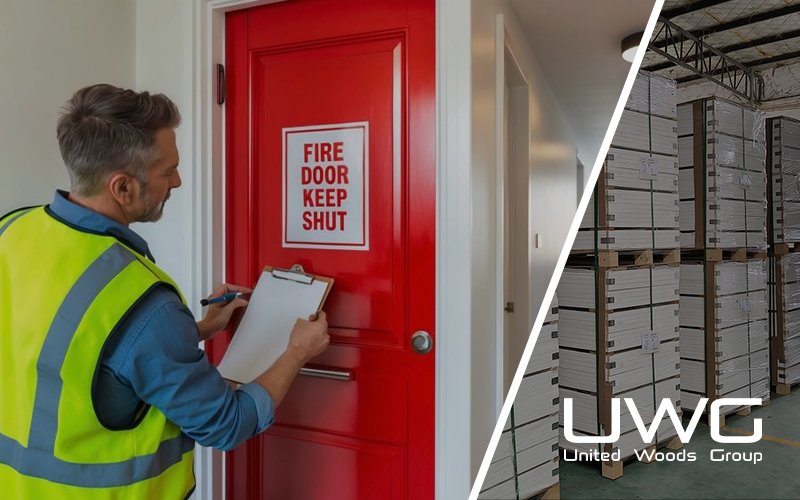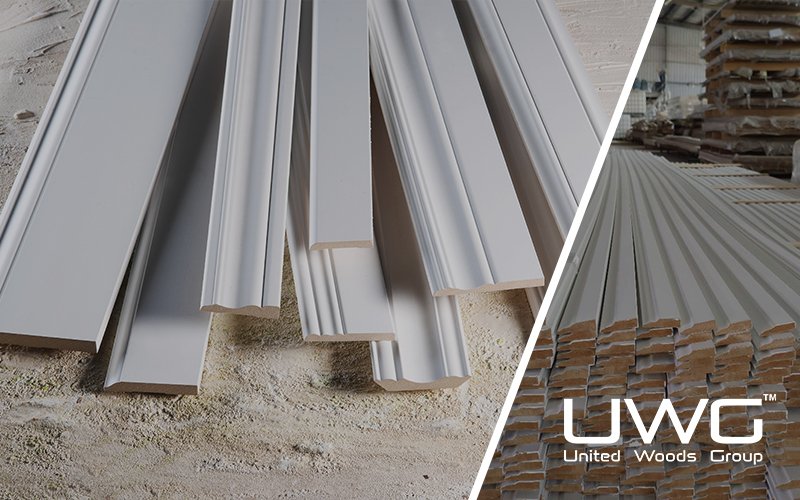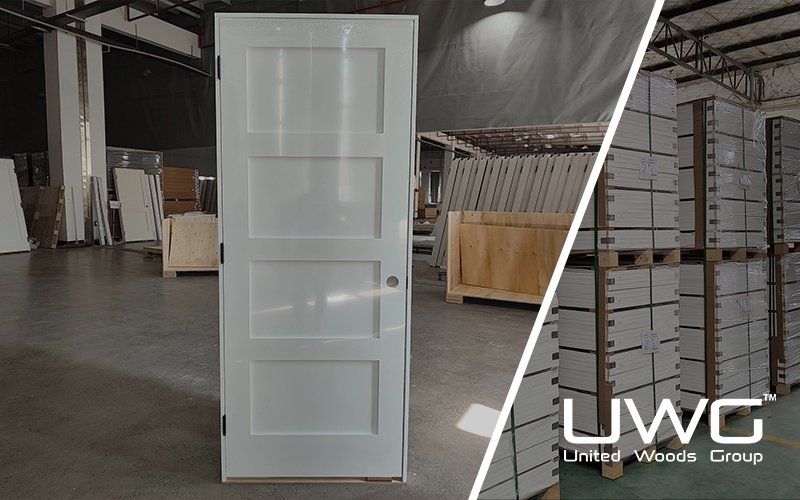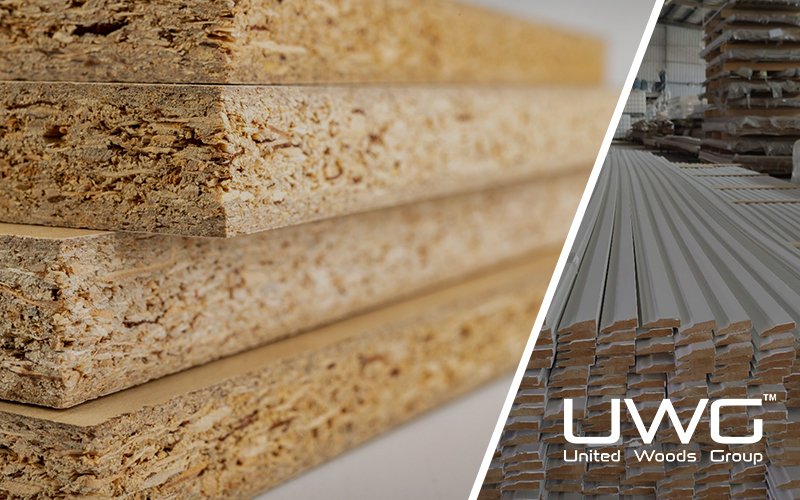Imagine a contractor standing on the final inspection day of a newly completed commercial complex. The building looks flawless—the finishes are polished, the doors are installed, and the timeline has been met. Yet, during the fire marshal’s walkthrough, one issue emerges: several door assemblies fail to meet fire-rating requirements because the hardware installed was not certified for fire use. The project stalls, occupancy permits are delayed, and the contractor faces both financial and reputational setbacks.
So, what exactly do builders need to check when it comes to fire-rated door hardware? The answer lies in four critical areas: certification, compatibility, installation, and documentation. Every hinge, closer, and latch must carry an accredited fire label; hardware must match the rating of the door and frame; installation must follow tested procedures; and complete records must be maintained for inspection. By focusing on these essentials, builders ensure not only code compliance but also the long-term safety and reliability of the structures they deliver.
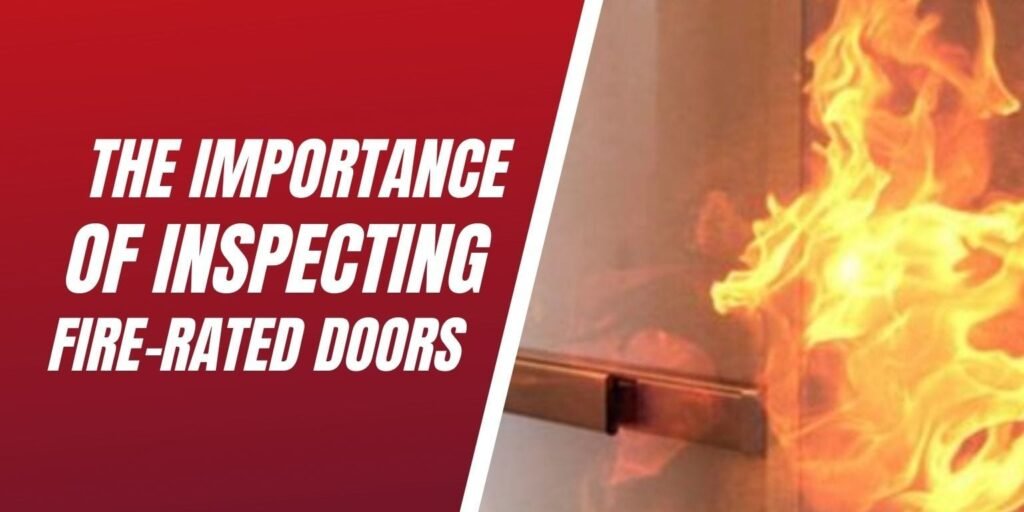
Understanding Fire-Rated Door Hardware
Fire-rated door hardware refers to the essential components that allow a fire door to function as intended during a fire. A fire door is more than a slab of engineered wood or steel—it is a complete assembly designed to compartmentalize fire, smoke, and heat, slowing their spread and buying valuable evacuation time. For the assembly to be effective, every piece of hardware attached to the door must be capable of withstanding high temperatures and maintaining integrity under extreme conditions.
Typical fire-rated hardware includes hinges, door closers, locks and latches, panic devices, seals, coordinators, and thresholds. Each serves a specific purpose: hinges support the heavy weight of the door under stress, closers ensure the door shuts automatically, and locks or latches secure the opening against pressure changes during a fire. Unlike standard hardware, these components are built from heat-resistant materials, tested under rigorous laboratory conditions, and certified by agencies such as UL or Intertek.
The key distinction between ordinary and fire-rated hardware lies in performance. Standard hinges or locks may look identical to their fire-rated counterparts, but when exposed to temperatures exceeding 1,000°F (538°C), they can warp, melt, or fail—rendering the door useless in containing fire. Fire-rated hardware, by contrast, is engineered to hold its structural integrity for 20, 45, 60, 90, or even 180 minutes, depending on the rating of the door assembly. This durability ensures that doors not only meet building codes but also save lives when it matters most.
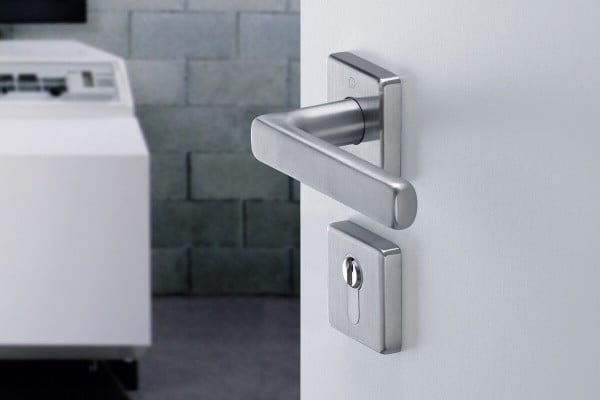
Regulatory Standards and Compliance
Fire-rated door hardware is tightly regulated because its performance directly impacts life safety. In North America, several key standards and organizations govern how hardware must be tested, certified, and installed. The most widely referenced standard is NFPA 80 (Standard for Fire Doors and Other Opening Protectives), which outlines the installation, inspection, testing, and maintenance requirements for fire doors and their components. Builders must be familiar with NFPA 80 to ensure that every hardware item used on a fire door assembly complies with fire protection codes.
Certification bodies such as Underwriters Laboratories (UL) and Intertek (Warnock Hersey mark) provide testing and labeling services. When hardware carries one of these marks, it indicates that the product has passed rigorous fire-resistance tests under controlled conditions. Similarly, ANSI/BHMA standards address the mechanical performance, durability, and safety requirements of builders’ hardware, adding another layer of quality assurance.
Local building codes also play a decisive role. Many jurisdictions adopt the International Building Code (IBC), which mandates that fire door assemblies and their hardware meet specific ratings and certifications. Non-compliance can have serious consequences: a failed inspection may delay occupancy permits, insurance coverage could be voided in the event of a fire, and liability may fall on the builder or contractor.
For builders, the takeaway is clear: compliance is not optional. Checking fire-rated hardware against NFPA, UL/Intertek certifications, and local code requirements is just as important as ensuring structural soundness. It is the builder’s responsibility to verify that the hardware is not only installed correctly but also carries the proper certifications that will withstand regulatory scrutiny.
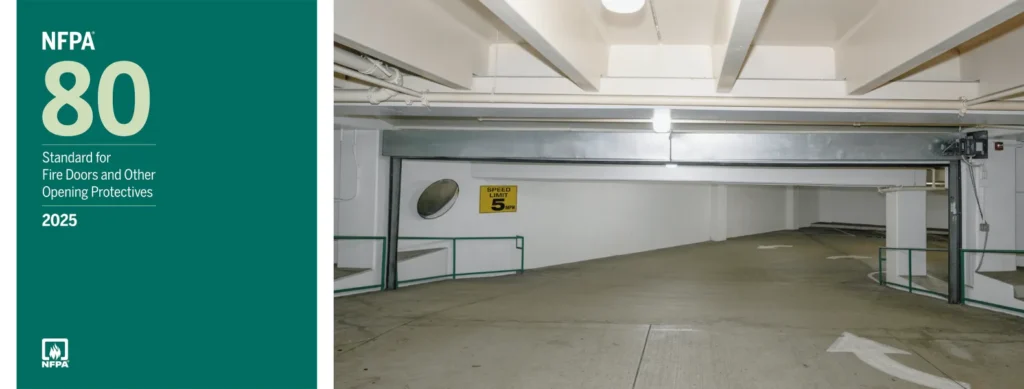
Key Elements Builders Must Check
When it comes to fire-rated door hardware, builders cannot rely on assumptions or appearances. Each piece of hardware must be verified carefully before and during installation. The following elements are critical checkpoints:
1. Certification Labels
The first step is to confirm that every hinge, closer, lock, or latch carries a valid certification mark from UL, Intertek, or another recognized testing laboratory. These labels are usually stamped or etched directly onto the hardware. Without certification, the hardware cannot legally be part of a fire-rated assembly, regardless of its quality or appearance.
2. Compatibility
Fire-rated hardware must match the rating of the door and frame assembly. For example, a 90-minute door requires hardware tested and approved for the same duration. Mixing ratings—such as pairing a 60-minute latch with a 90-minute door—invalidates the fire resistance of the entire opening and will likely fail inspection. Builders should always cross-reference manufacturer listings and approval documents to ensure compatibility.
3. Installation Quality
Even certified hardware can fail if installed incorrectly. Builders should ensure that hinges are fastened with the specified number and type of screws, closers are adjusted for proper closing force, and strike plates are securely anchored into the frame. Deviations from tested installation methods compromise the fire-rating and can void certification. Following NFPA 80 and manufacturer instructions is non-negotiable.
4. Maintenance Needs
Fire-rated door hardware is not “set and forget.” Over time, closers can lose pressure, seals can wear down, and hinges can loosen. Builders should not only install the hardware but also advise owners or facility managers on routine inspection schedules. NFPA 80 requires annual inspections of fire doors, and builders can add value by ensuring maintenance considerations are addressed upfront.
5. Documentation
Finally, all certifications, test reports, and product data sheets should be collected and organized. Inspectors often request documentation during code reviews, and having these records readily available helps streamline approval. For larger projects, creating a hardware submittal package that includes all fire-rated certifications is best practice.
By carefully checking these elements, builders can ensure their fire-rated door assemblies meet safety codes, pass inspections, and deliver long-term reliability in protecting occupants during a fire.
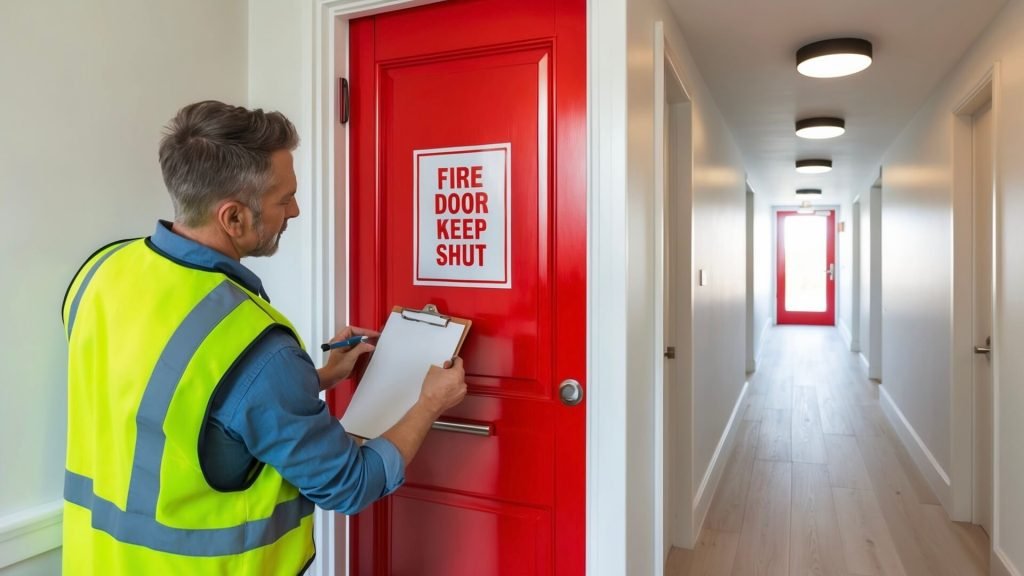
Conclusion
Fire-rated door hardware is not just another construction detail—it is a life-safety component that builders must treat with the highest priority. By verifying certifications, ensuring compatibility, following proper installation practices, and maintaining accurate documentation, builders can avoid costly delays, reduce liability risks, and most importantly, safeguard building occupants. In essence, checking fire-rated hardware thoroughly is both a compliance requirement and a professional responsibility that defines quality construction.

